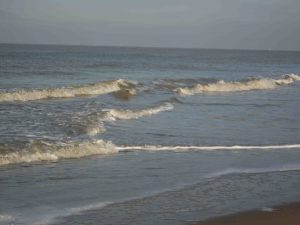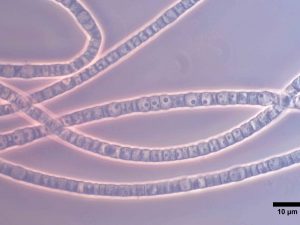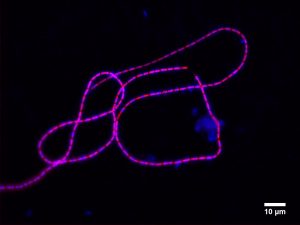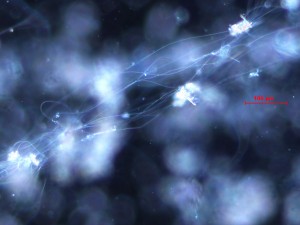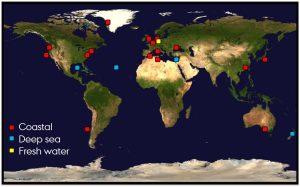
Figure 1. Overview of locations worlwide where cable bacteria or their metabolic activity has been detected. Adapted from Burdorf et al. (Biogeosciences, 2017)
A global phenomenon
Recent field surveys show that this natural battery is active in a wide range of natural environments across the globe (Figure 1). High activities and abundances of cable bacteria have been documented in a range of coastal marine environments, including salt marshes, intertidal sand flats, mangroves, bivalve reefs, seasonally oxygen depleted basins, and fjords. The distribution of in freshwater sediments is less well characterized, but the expectation is that cable bacteria also show broad cosmopolitan distribution in lakes, rivers and other inland waters.
When cable bacteria are active in a natural sediment, their metabolism exerts a disproportionally large influence on the biogeochemistry of the surrounding environment. Their activity promotes the oxidation of iron at the surface of the sediment, and the resulting iron oxides bind phosphorus compounds and remove hydrogen sulfide, limiting the concentration of tehse compounds in the overlying water. Phosphorus can cause algal blooms, and hydrogen sulfide is toxic to marine life, meaning that cable bacteria play an important role in maintaining healthy marine ecosystems in coastal areas.

